Note: I have added a schematic since originally posting. Also here is the data sheet for the chip and here is a link to an overview of the actual board that I am using.
I am working on a project that uses an adafruit pro trinket 5v/16mhz to control a TMC2208 silent step stick in order to drive a small nema23 gear motor with a relatively light load. I know that the stepper driver is a bit underrated for a nema 23 but in this application, it should be fine.
I have used setups like this before with no problems but I am finding that if the 24vdc that I am using to drive the stepper is connected to the VM/GND pins, the driver burns up immediately. This is with/without the the 5v logic power connected and with/without the stepper connected. I have burned through a number of these and I seem to have some sort of fundamental lack of understanding of some aspect of this setup although I have used setups like this without issue. In this case, I used a few different 24v power supplies which were all rated at 5amps, do I need to use a lower amp power supply? I have check the polarity and I have also checked to make sure that I am not sending 24v to the logic pins, just the motor power pins.
Basically, under what circumstances can I connect voltage to the motor power pins of these stepper drivers without causing them to burn up. I can't get any more TMC2208 locally so I will use something like the DRV8825 but I'm having the same problem. I feel like I am going crazy and I need to finish this project for tomorrow, any help would be appreciated. Thanks

simulate this circuit – Schematic created using CircuitLab